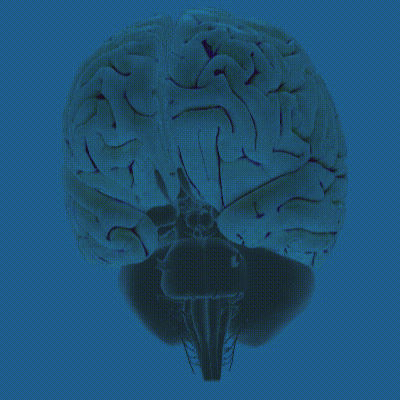What Are Phobias and How Are They Treated?
- Published10 Jul 2018
- Reviewed10 Jul 2018
- Author Clinton Parks
- Source BrainFacts/SfN

Fear of heights, spiders, crowds, flying, and small spaces are just a few typical examples that cause anxiety for many people, but when do those feelings produce the extreme reactions that become a phobia? Barbara Rothbaum, professor of psychiatry and associate vice chair of clinical research at the Emory University, explains.
How are phobias different from common fear or anxiety?
Anxiety and fear are normal and rational. They keep us out of possibly dangerous situations. Phobias are different. They can cause you to believe there is danger when there is none. Seeing a bear in a zoo or a photo of one isn't usually scary. But for someone with a phobia of bears, it can be like coming across a bear while hiking in the forest. What separates a clinically diagnosed phobia from a common fear is the person (1) feels too much mental and physical anxiety, (2) avoids situations where they may come across what they fear, and (3) suffers personally or professionally in some way. A person with a phobia may turn down a promotion because that job would involve sometimes traveling cross country and they're afraid of flying on an airplane.
Where is the phobia center of the brain?
Like fear, there is no one place responsible for phobias in the brain. Many parts of the brain and its cells' trillions of connections take part. However, fear is important to the brain's emotional processing and learning center known as the amygdala and the hippocampus that helps people form memories.
What are the treatments for phobias?
Cognitive behavioral therapy has proved to be the most effective treatment for people with phobias. Sometimes called psychotherapy, patients talk with a licensed professional, called therapists, in planned, regular sessions. On a scale from zero to 100, the Subjective Units of Distress Scale (SUDS) measures how anxious a patient feels. Zero means no stress and 100 means panicked. Patients are also measured for physical signs of fear, including heart rate and muscle tension.
Exposure is another part of the treatment. It teaches the brain how to deal with seeing or being close to what the patient fears. This learning means the brain cells' connections are being rearranged. There are three types of exposure therapy: in vivo (or real life), imaginal and virtual reality. In imaginal sessions, the therapist gets the patient to think about their phobia. In vivo sessions involve seeing the object in real life. Virtual reality sessions sometimes simulate airline flights for those scared of heights. The goal is that after enough exposure sessions, the patient's fear will be low enough that they are able to do what they need to. After successful exposure therapy, instead of running away when seeing that photo of the bear, the phobic person can sit in the room and look at that photo, and eventually see bears at the zoo.
This Ask an Expert was answered by Barbara Rothbaum as told to Clinton Parks for BrainFacts.org
BrainFacts.org welcomes all your brain-related questions.
Every month, we choose one reader question and get an answer from a top neuroscientist. Always been curious about something?
Please submit your question by filling out this form.








